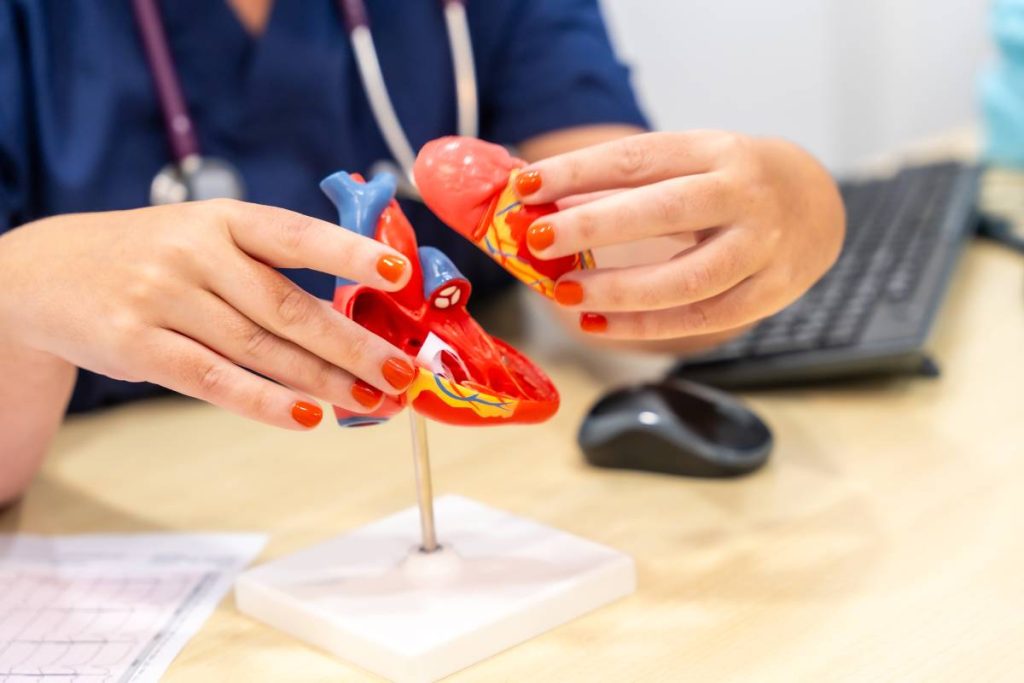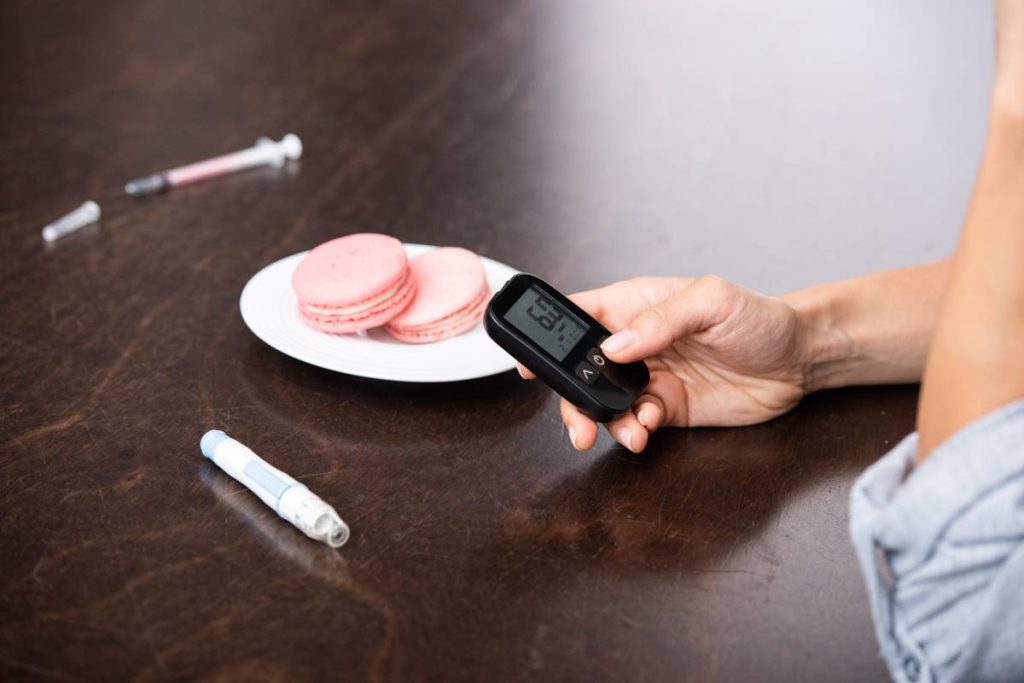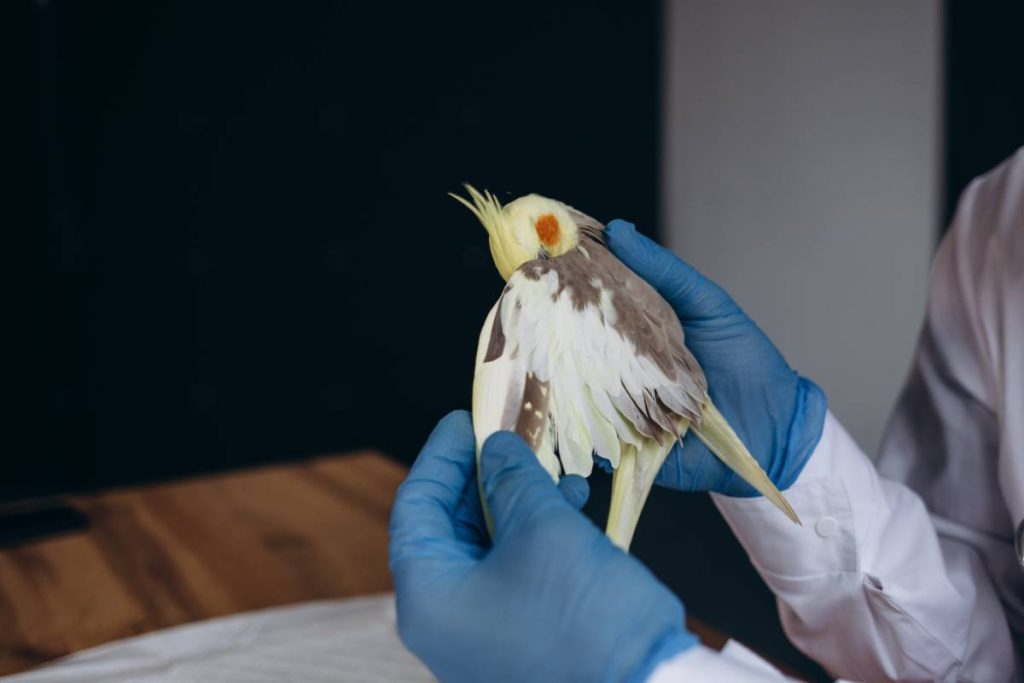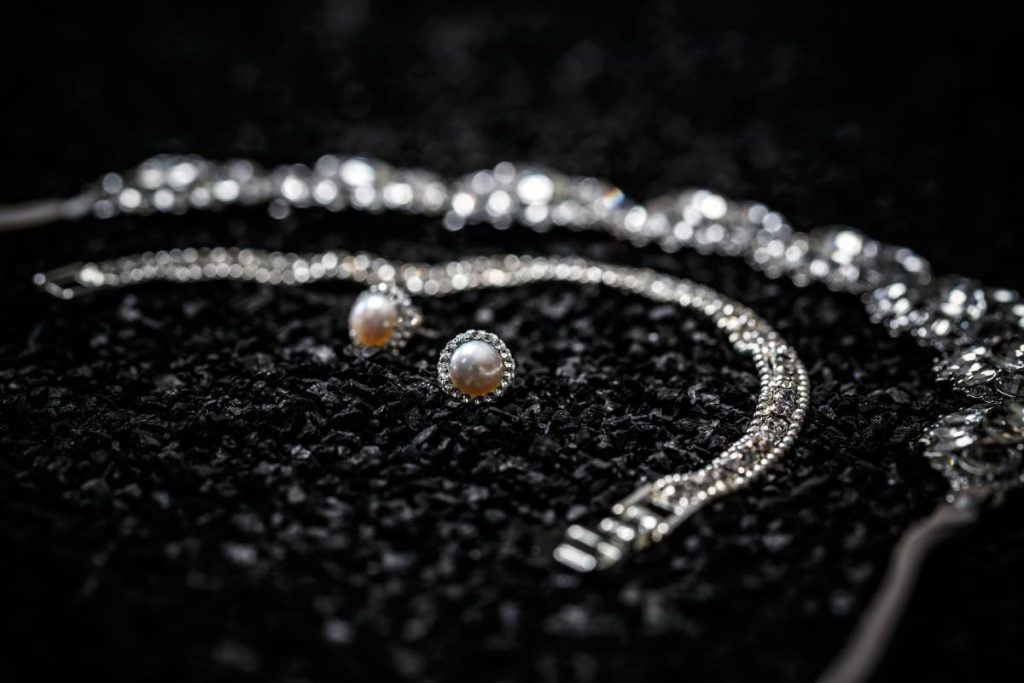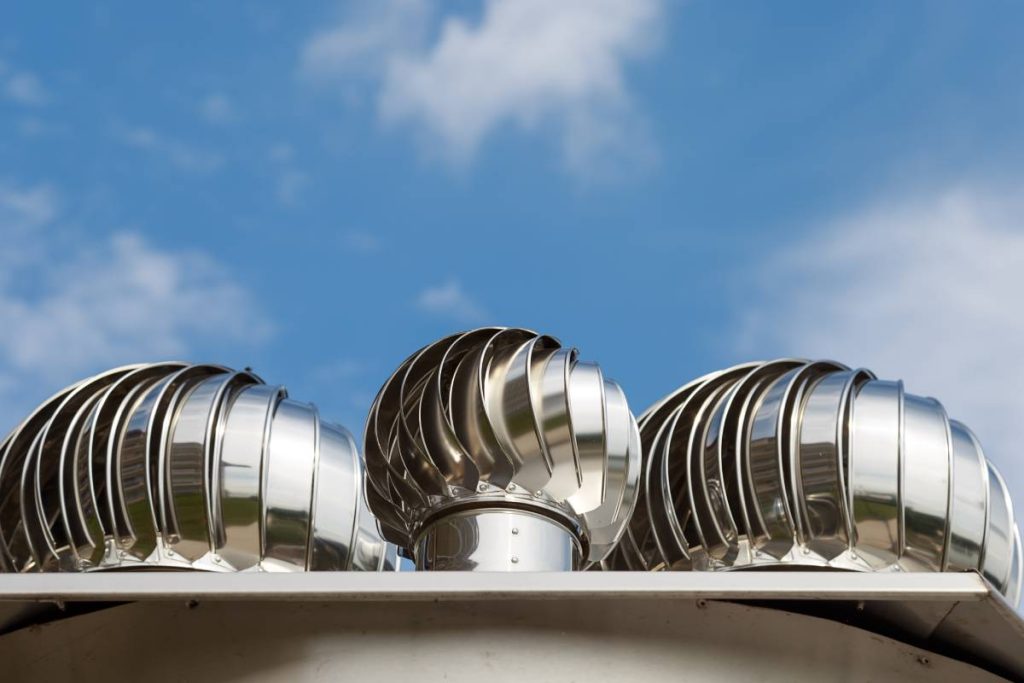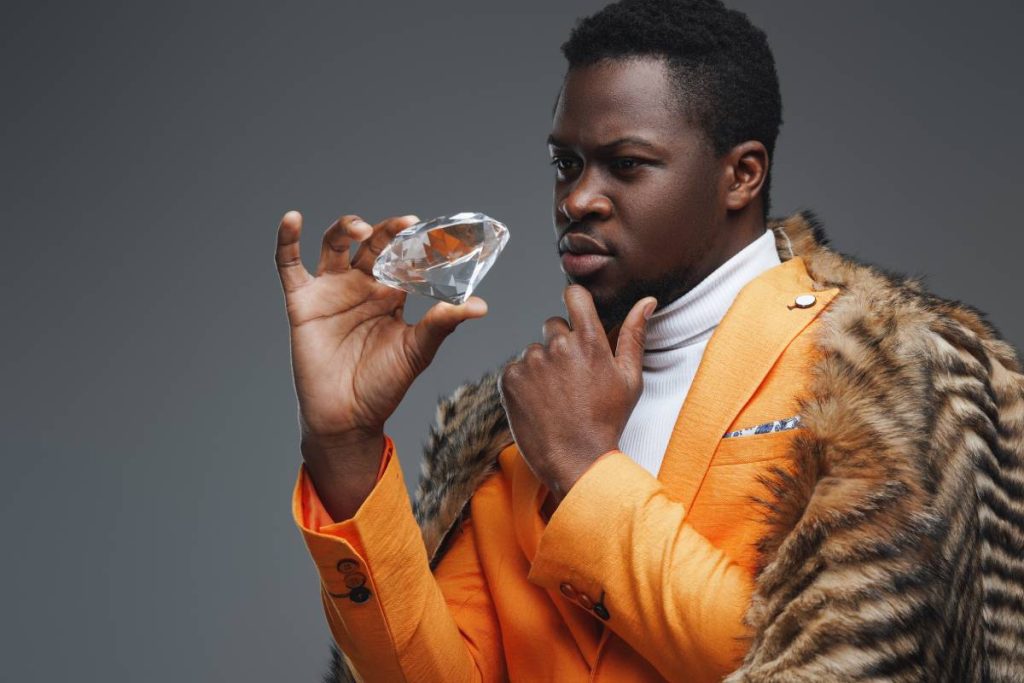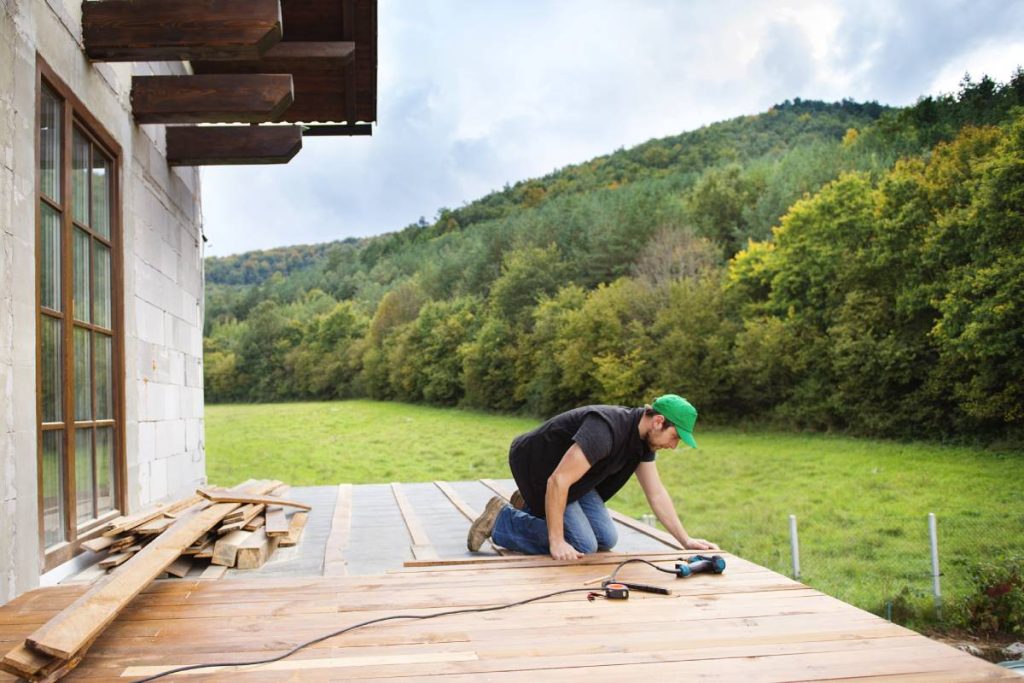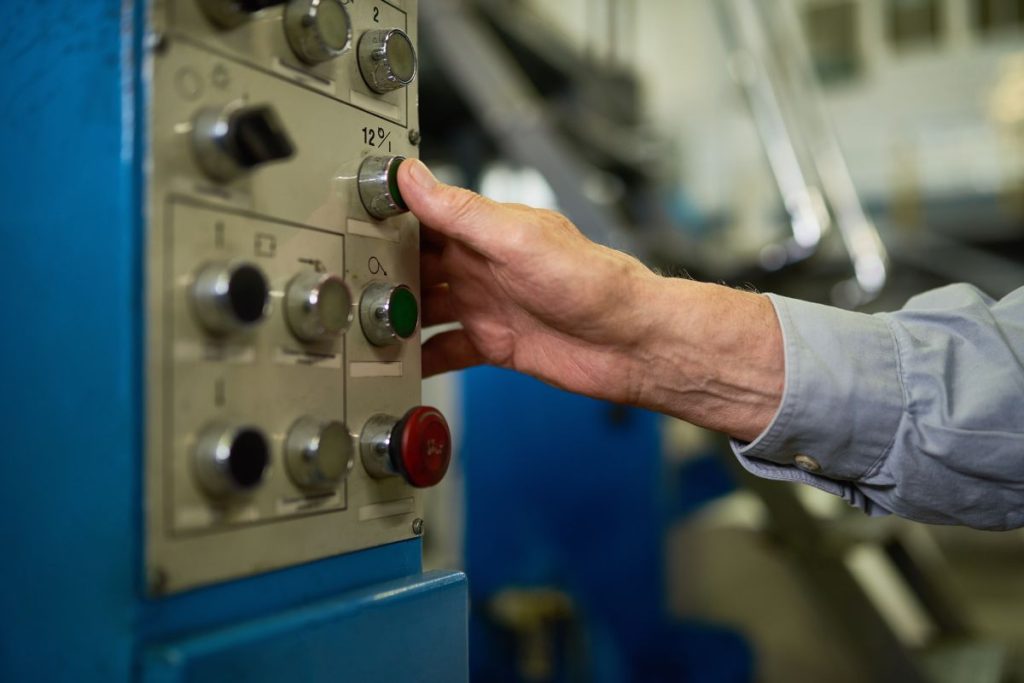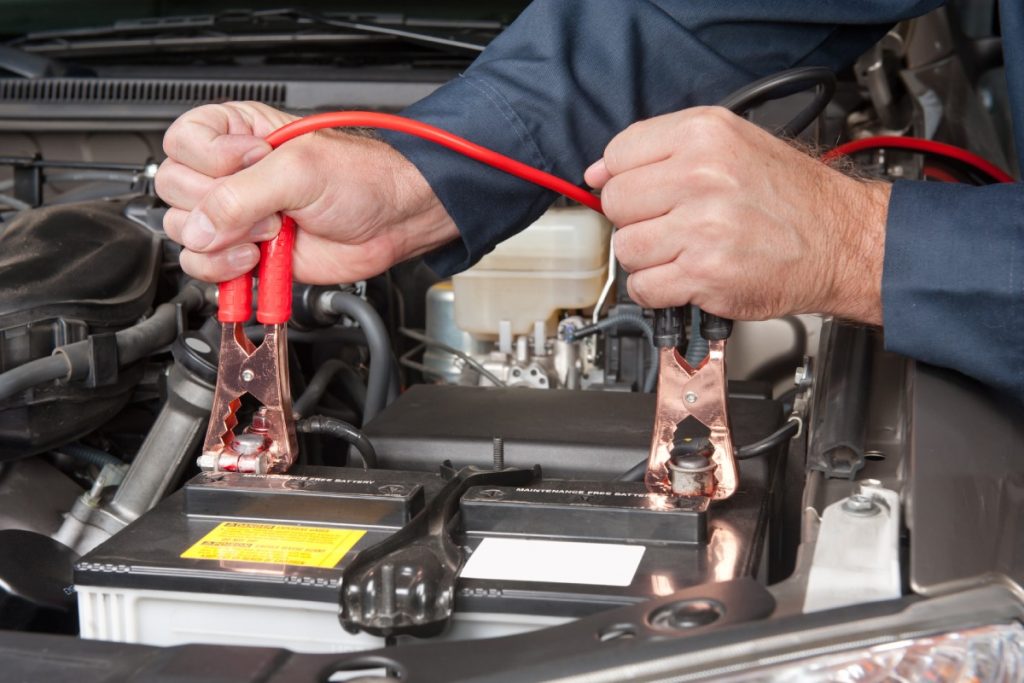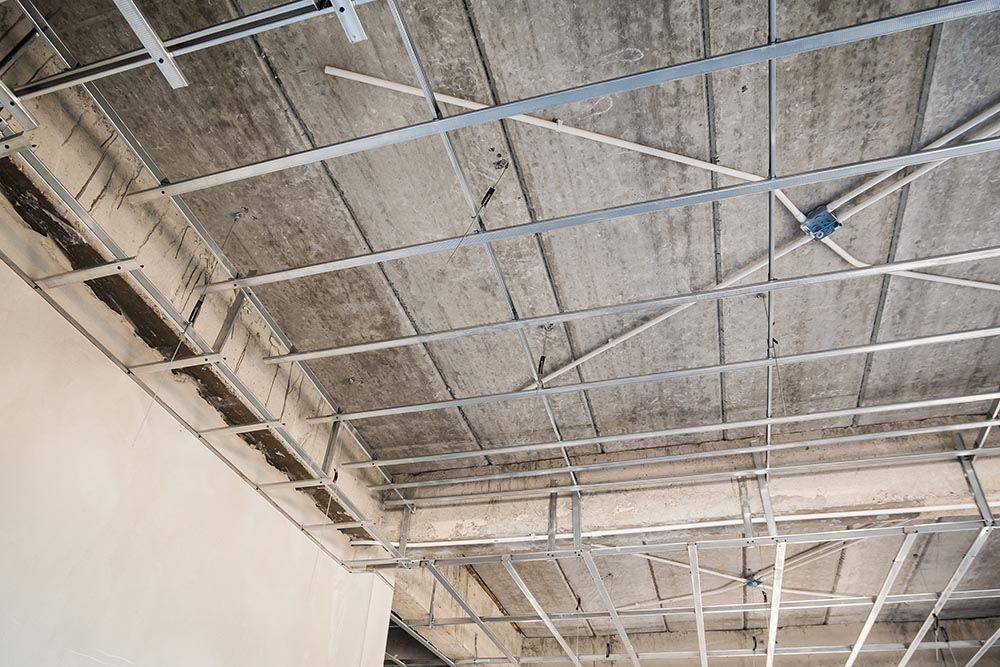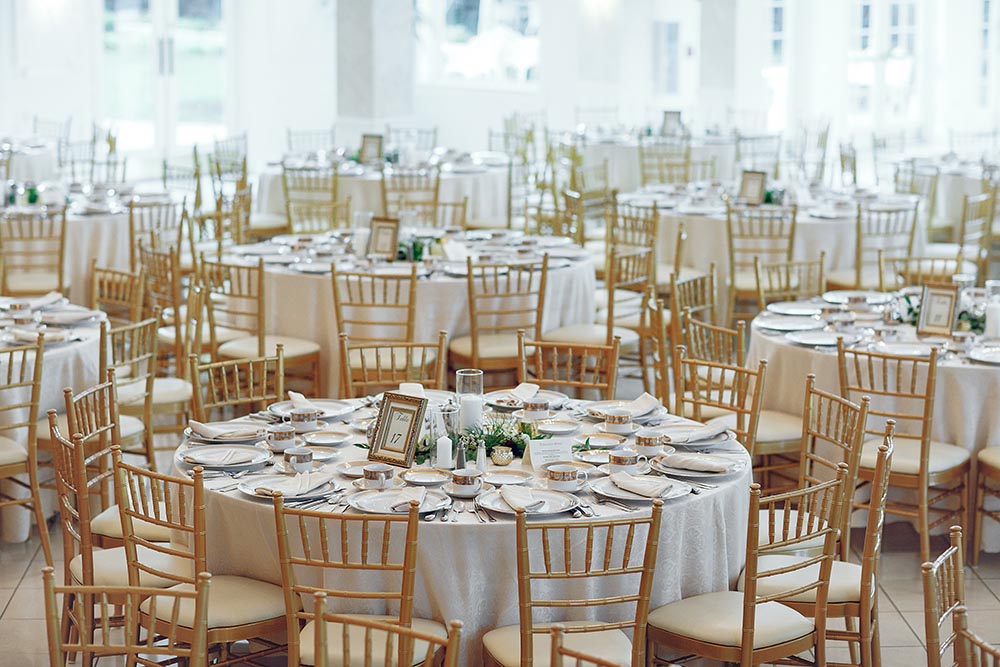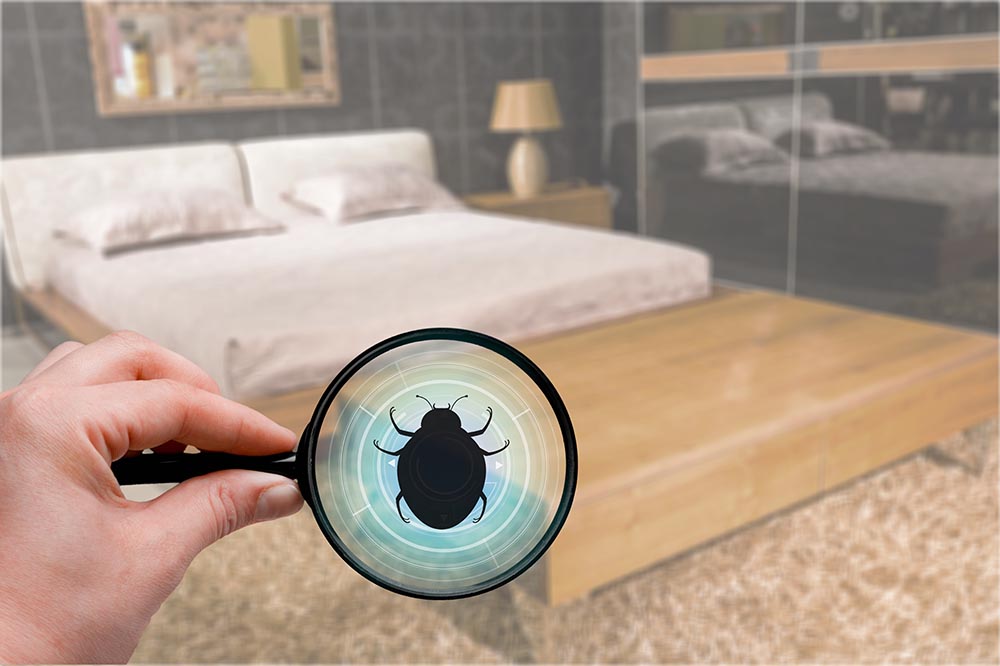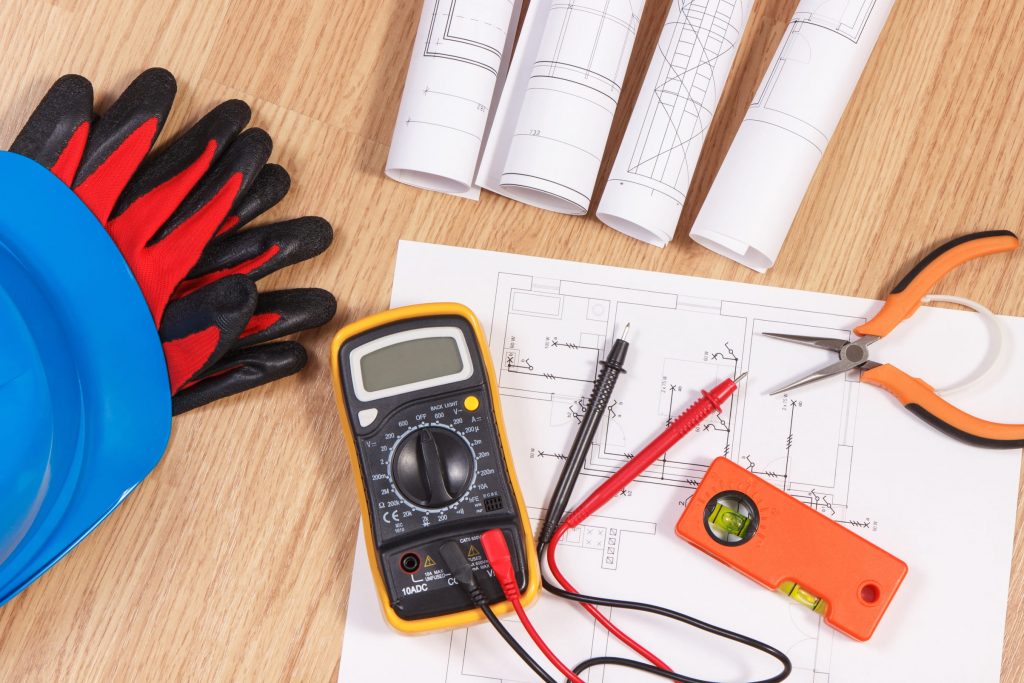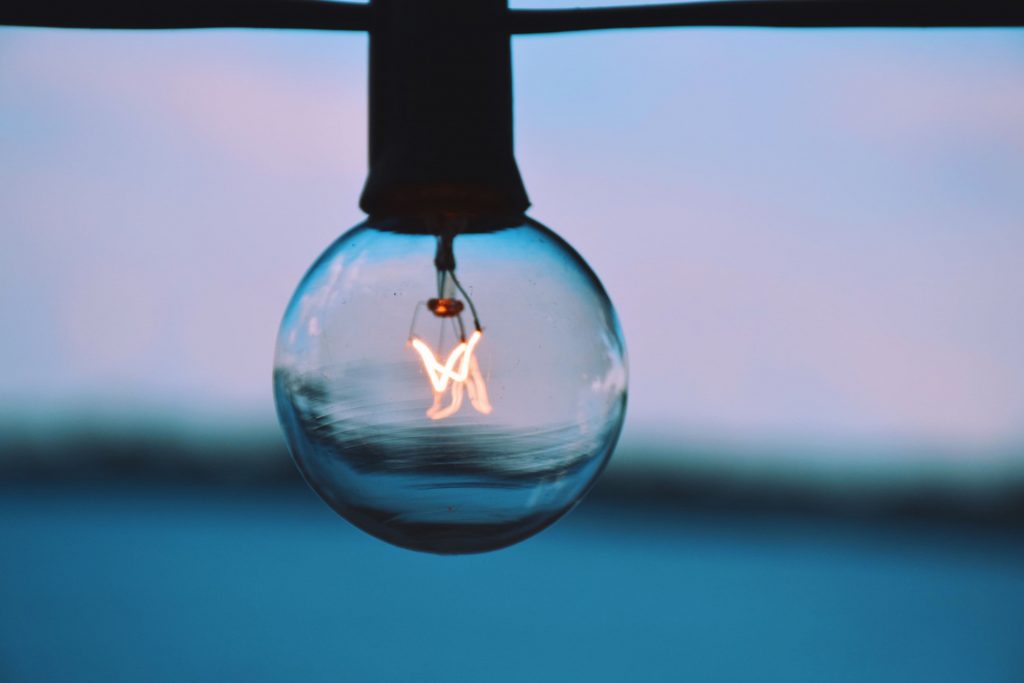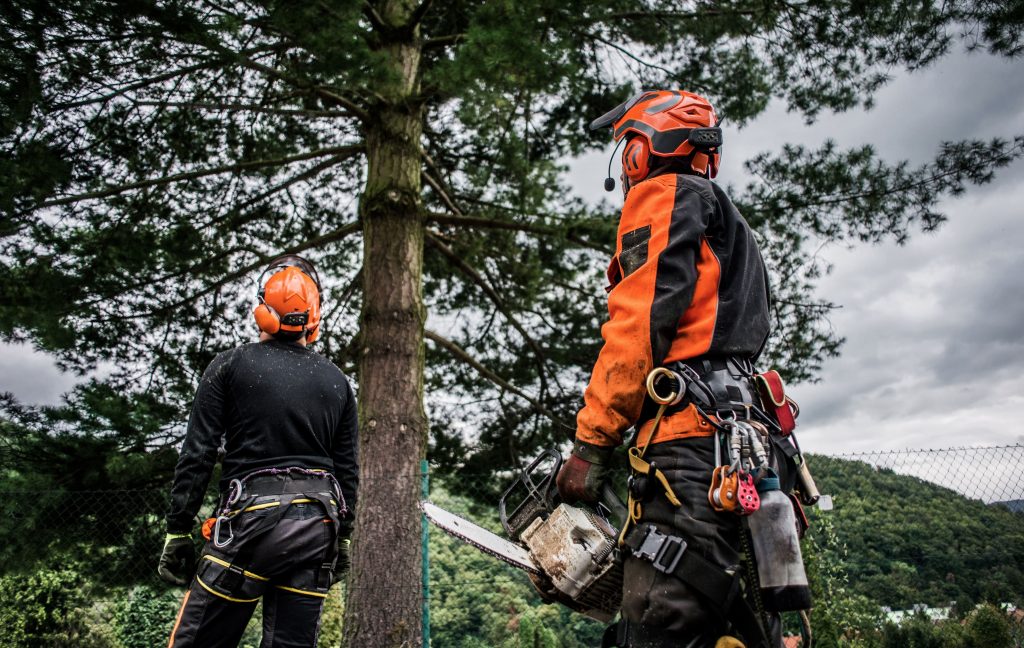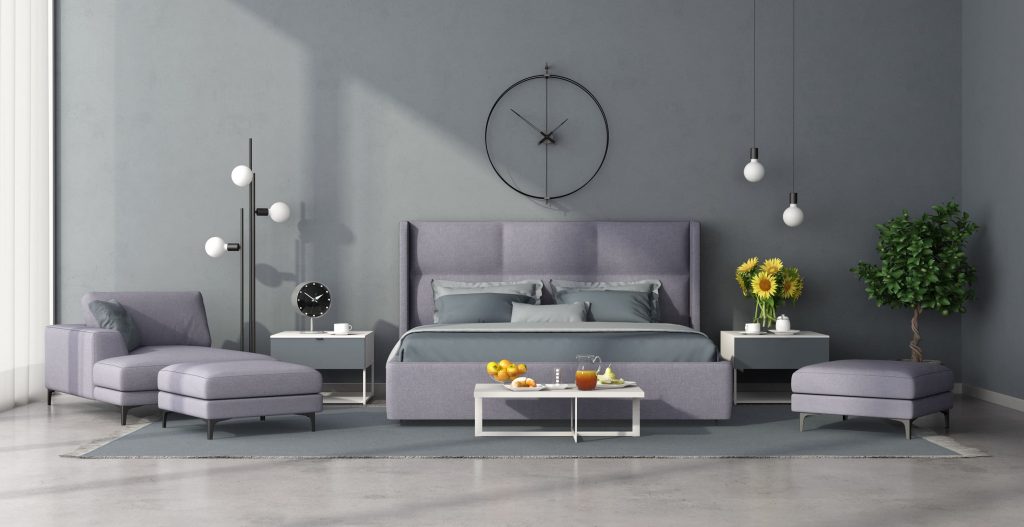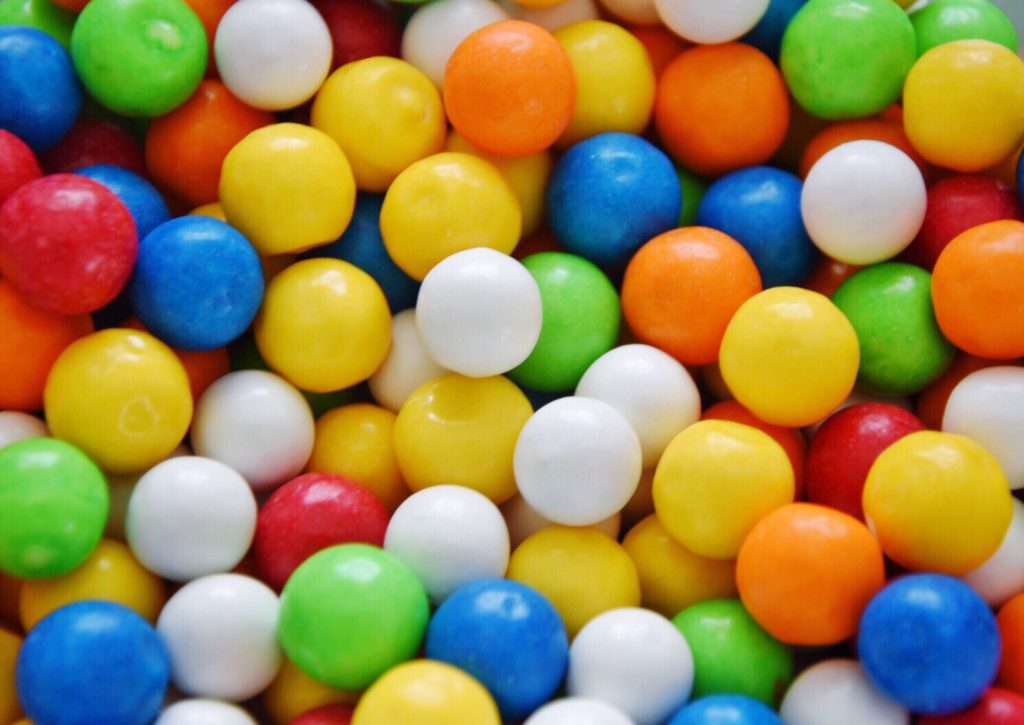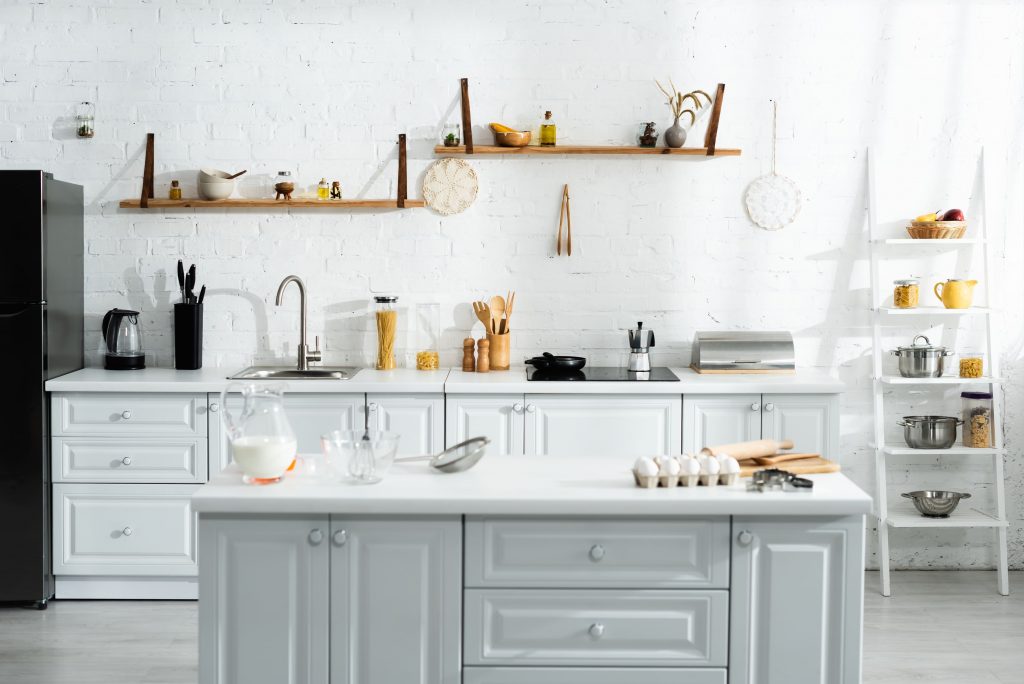Evolving Illuminance
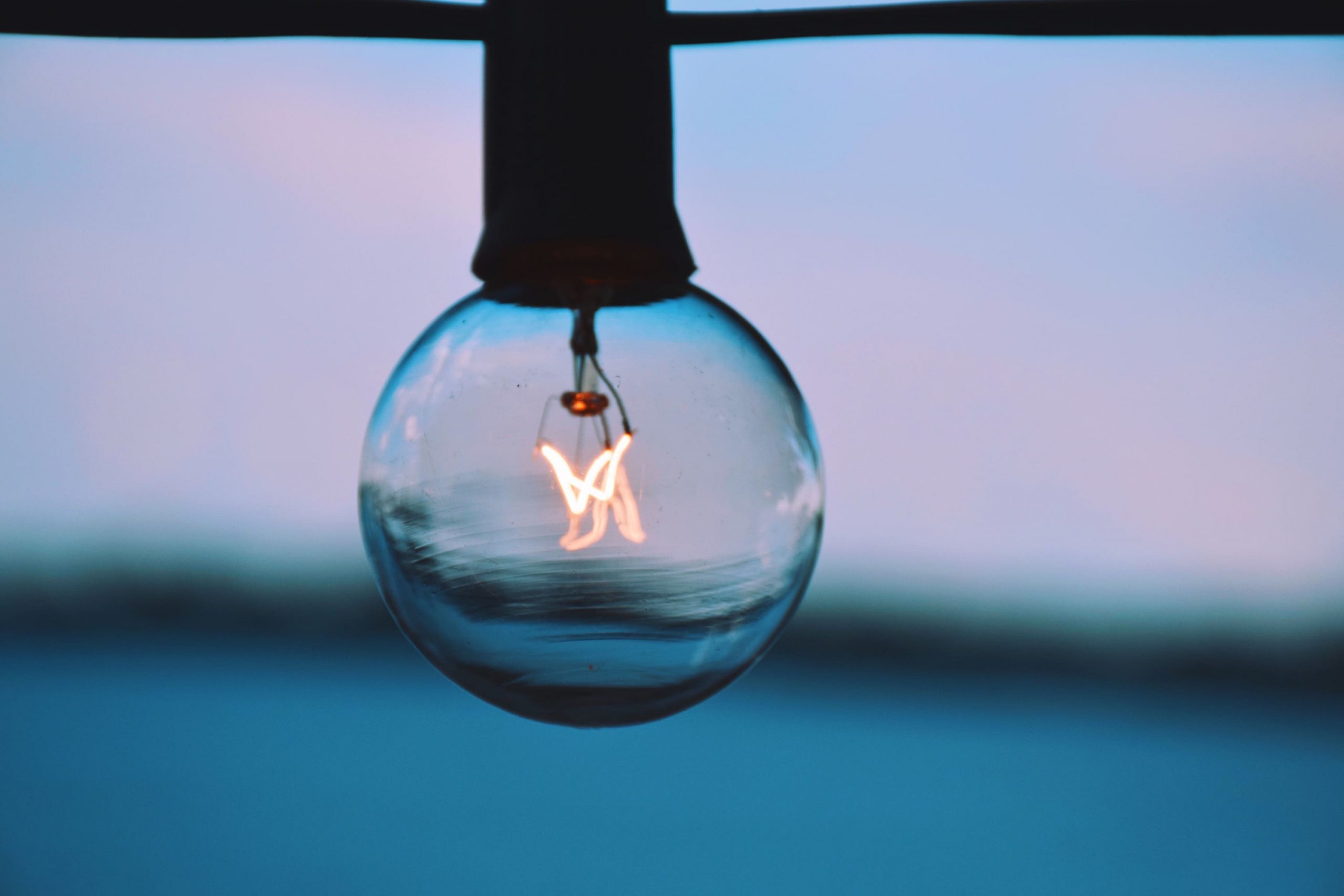
As technologies develop, it is commonplace for a new one to replace an aging one. Recent decades are littered with countless examples of this process, perhaps most prolifically the technical evolution of home media entertainment from VHS where magnetic ribbons used a comparatively large amount of space to play a fairly low-quality image. This transitioned into DVDs, which were far smaller and transferred the data into digital media and cleaned up the picture as a result. DVDs have been superseded by Blu-ray discs, which whilst retaining the same size hold considerably more data (five to ten times as much to be precise) and upgraded the picture to high definition. Now, we are living in an age where on-demand streaming services are removing the need for physical media and the picture quality is increasing again as well. This is a natural evolution of one subset of technology over a period of fewer than thirty years.
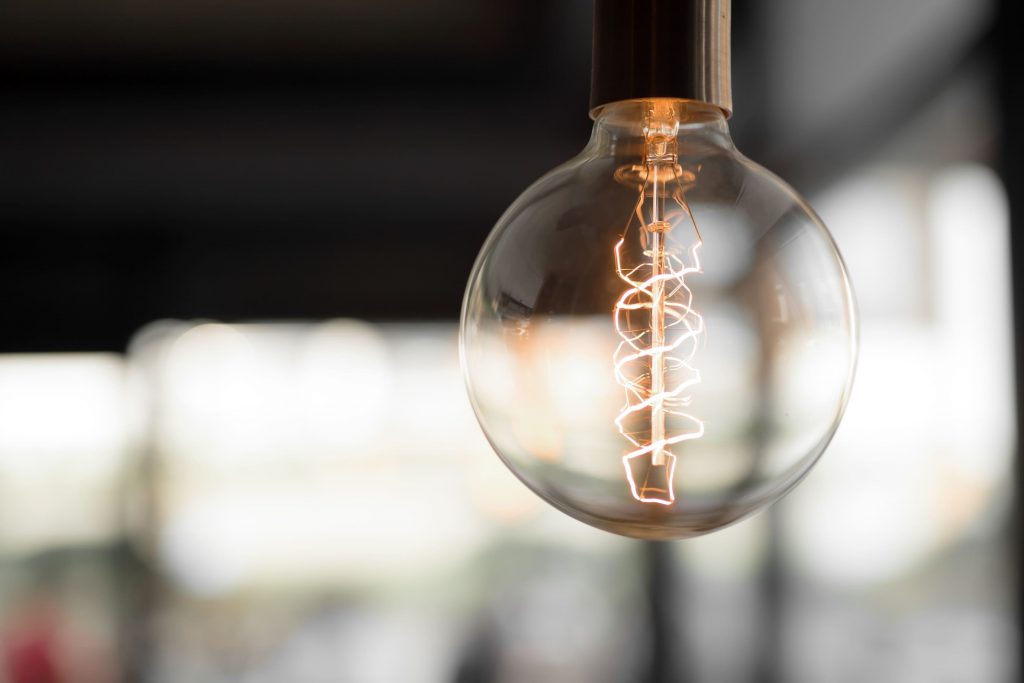
Bright evolution
In the same period of time, light bulb technology has evolved as well. What began with incandescent light bulbs has evolved through ever-improving technologies into modern LED bulbs. Incandescent bulbs can last up to 20,000 hours, but they work by converting electricity to heat and subsequently light by passing a large current through a narrow wire filament, this causes it to glow and the gas contained within the bulb prevents the filament from burning through too easily. Although incandescent bulbs remained and still do remain in production, they were joined by halogen and fluorescent bulbs. Both of these were intended for different uses, but generally speaking, halogen bulbs will burn much brighter but last nowhere near as long, averaging only around 5,000 hours of light. Fluorescent bulbs on the other hand are more reliable than incandescent bulbs and can last equally as long. However due to the way the technology functions they require a higher voltage to get them lit up, which poses a slightly larger danger than incandescent bulbs.
The LED Generation
In recent years these three technologies (as well as other minor ones) have generally been perceived to have been surpassed by LED bulbs. LED stands for Light Emitting Diode, which means it is an electrical component that converts electricity to light and only allows current to flow one way. As such LED bulbs are normally made of numbers of smaller LEDs rather than a single light source. LEDs are able to run very brightly with very low voltages, making them normally at least five times more energy efficient when compared to incandescent bulbs. They also have a significantly longer life span, averaging between 50,000 and 100,000 hours of run time. Although they are more expensive to buy at the time of writing, their availability is now commonplace and the cost is coming down all the time especially if you buy quality LED lights online. From the sheer extended life span compared to the other bulbs, there really is very little reason to buy a non-LED bulb until a new technology supersedes this one.

 English
English 











